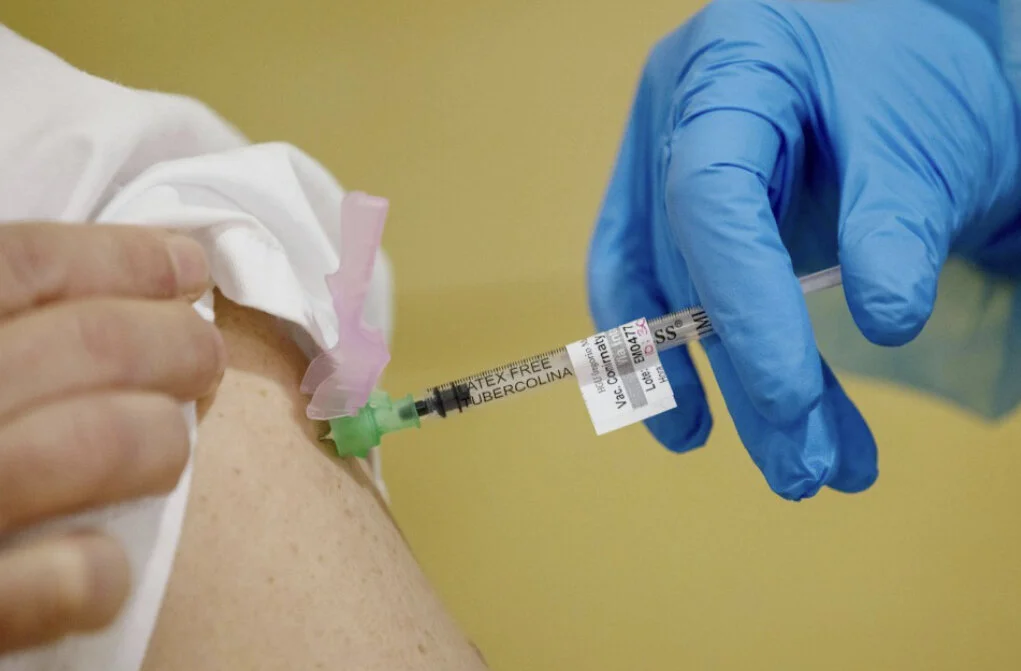How the IoT Can Help to Distribute COVID-19 Vaccines
BY ROELOF KOOPMANS
The year 2020 brought extraordinary challenges that forced many to overcome and find atypical solutions. As 2021 is being welcomed with open arms, there is a renewed sense of hope and optimism, knowing that governments and pharmaceutical companies are working tirelessly to roll out the COVID-19 vaccines with the intent of safely returning people to everyday life and a sense of normalcy soon.
When it comes to the development, shipping and distribution of the vaccines, there are a few key challenges that pharmaceutical companies, hospitals, logistics service providers and distributors must be mindful of to ensure the vaccines' safe dispersal: tracking shipments to ensure their timely arrival, as well as proper temperature control to make sure they will be safely distributed. The worldwide distribution of the vaccines—in some cases at -70 degrees Celsius (-94 degrees Fahrenheit)—is putting a spotlight on how Internet of Things (IoT)-based sensor technologies can help to enable a challenging supply chain process.
Different use cases in logistics, specifically cold-chain logistics, have unique requirements that need to be independently addressed. In some cases, power must be prioritized, so IoT technology that offers long range and low power consumption qualities may be the right choice. This type of technology also leverages new and better ways to provide geolocation services, which allow cargo, vehicles and other assets to be easily monitored over large geographic regions and within harsh environments.
In scenarios in which long distances may not be traveled, battery life may be a lower priority for a customer, and the user might consider utilizing other types of IoT technologies that are more suitable for their specific use case.IoT technologies can make it easy and affordable for enterprises to track assets throughout supply chains in combination with condition monitoring, which is not limited to temperatures but could also include humidity, shock and other parameters.
COVID-19 vaccine distribution has very much put the spotlight on the importance of temperature control, which must be highly accurate during transit and when the vaccines are stored at healthcare facilities. For example, Moderna's vaccine vials must maintain consistent temperatures and may be stored in refrigerators at between 2 degrees and 8 degrees Celsius (36 degrees and 46 degrees Fahrenheit) for up to 30 days before vials are punctured.
According to a CDC report, Moderna advises that the vaccine vial storage unit temperatures be monitored regularly, and that they be checked and recorded at the beginning of each workday to determine if any excursions have occurred since the last temperature check. Instead of having employees perform manual checks, sensors can do this automatically, alerting staff members if any temperature is about to go out of range.
Additionally, IoT sensors can be placed throughout a healthcare facility to monitor the temperatures of different refrigerators and the vials themselves. The sensors have the ability to periodically measure temperature levels, then send the collected data to a gateway, which forwards that information to a cloud-based application where it will be analyzed. From there, hospital personnel or facility managers would be alerted to any temperature outliers, so that they can be reassured vials are safely stored or take action if necessary.
The use of IoT-enabled sensors can help to ensure the quality of an asset, such as a vaccine, while minimizing the risk of human error. Since such sensors can monitor temperatures in real time, and all of the time, they can help to ensure that vials will not fall out of temperature range. While there is still a way to go before we can safely return to normal, it seems like we're heading in the right direction. IoT technology shows just as much promise, demonstrating to everyone that there are more options for ensuring the safe distribution of the COVID-19 vaccines and other goods globally.

